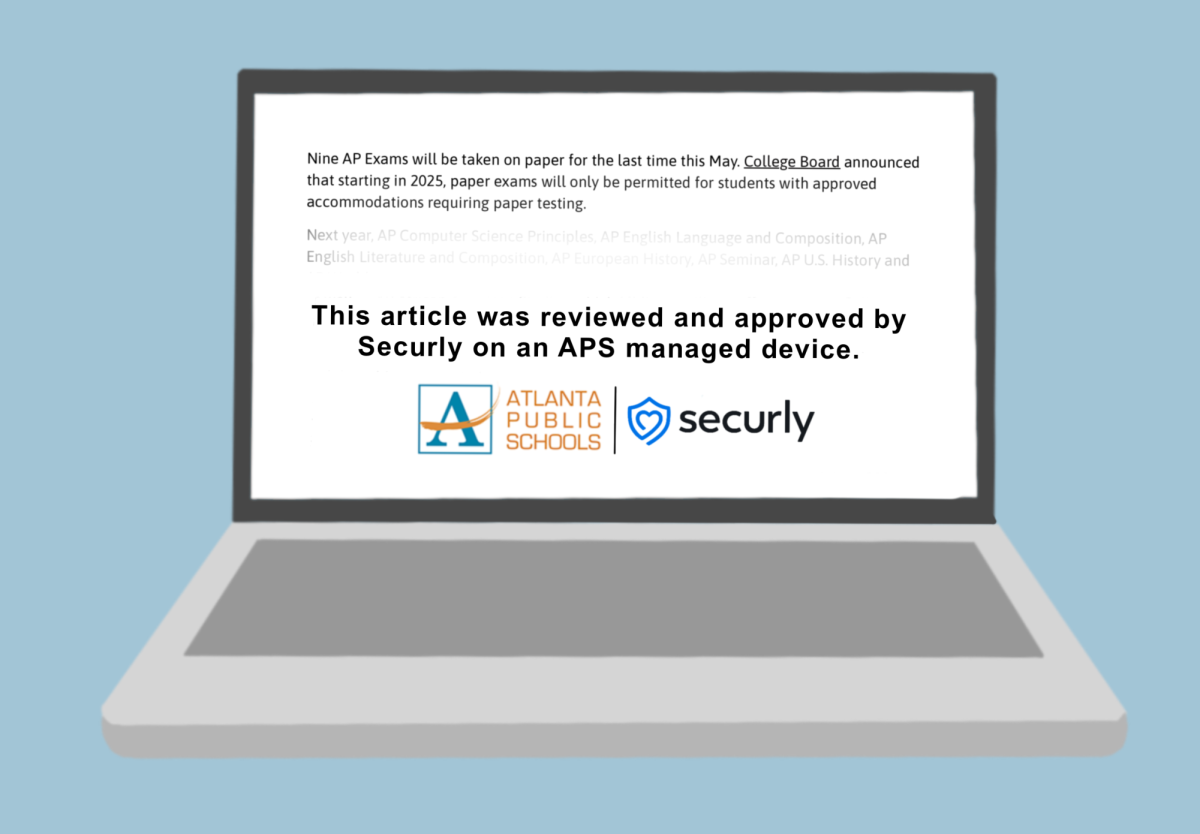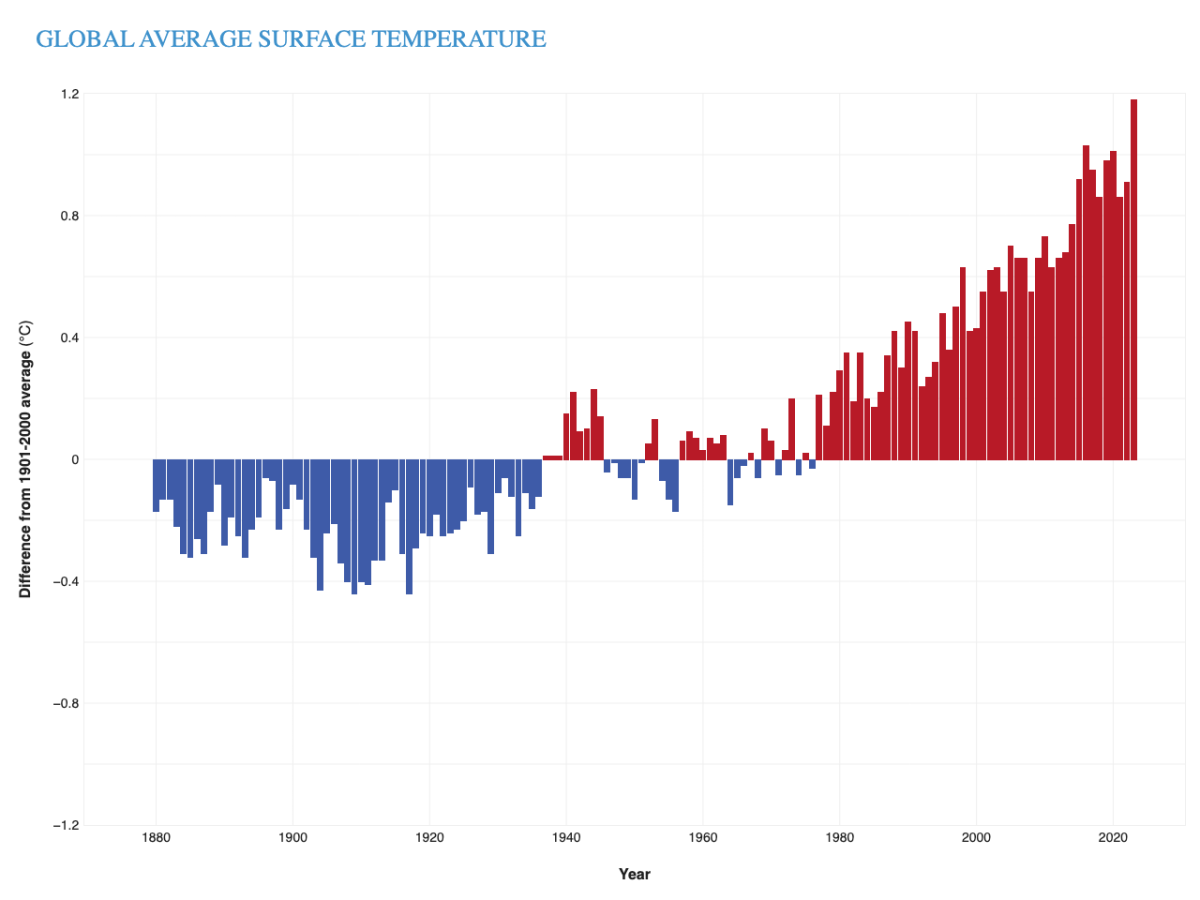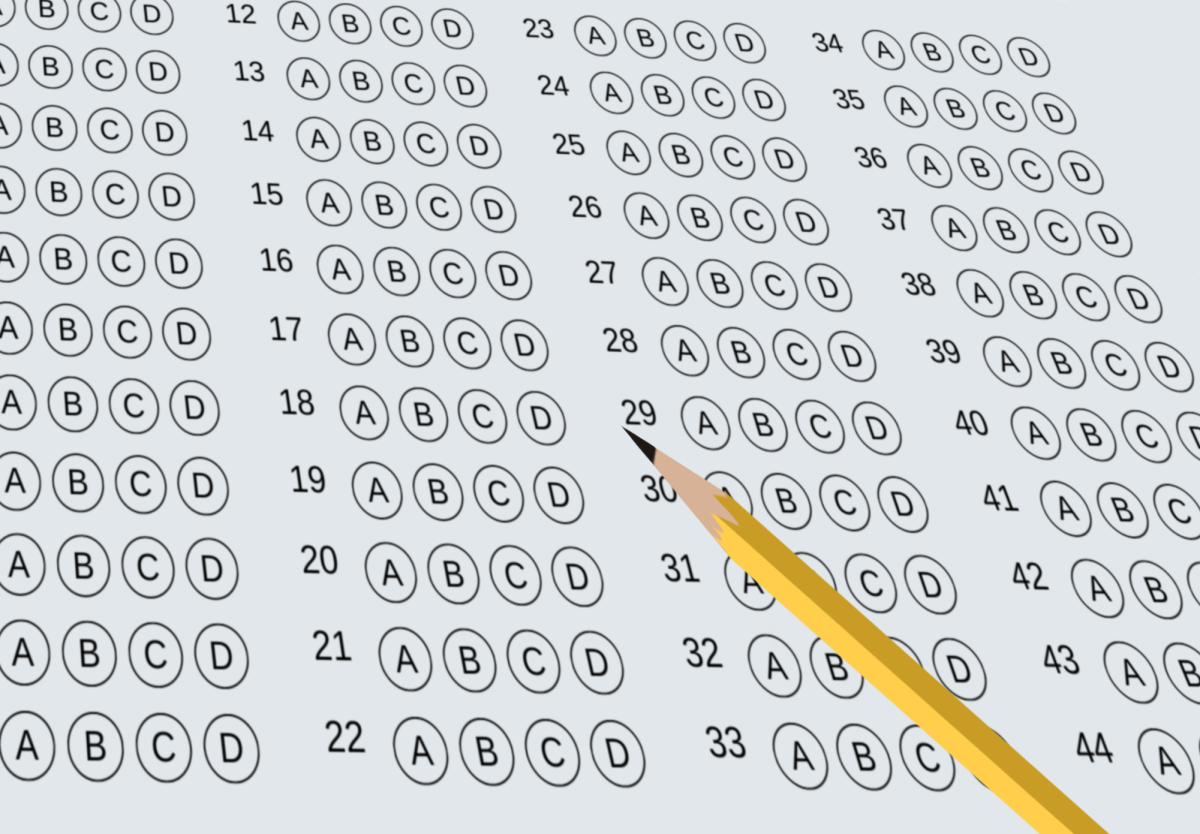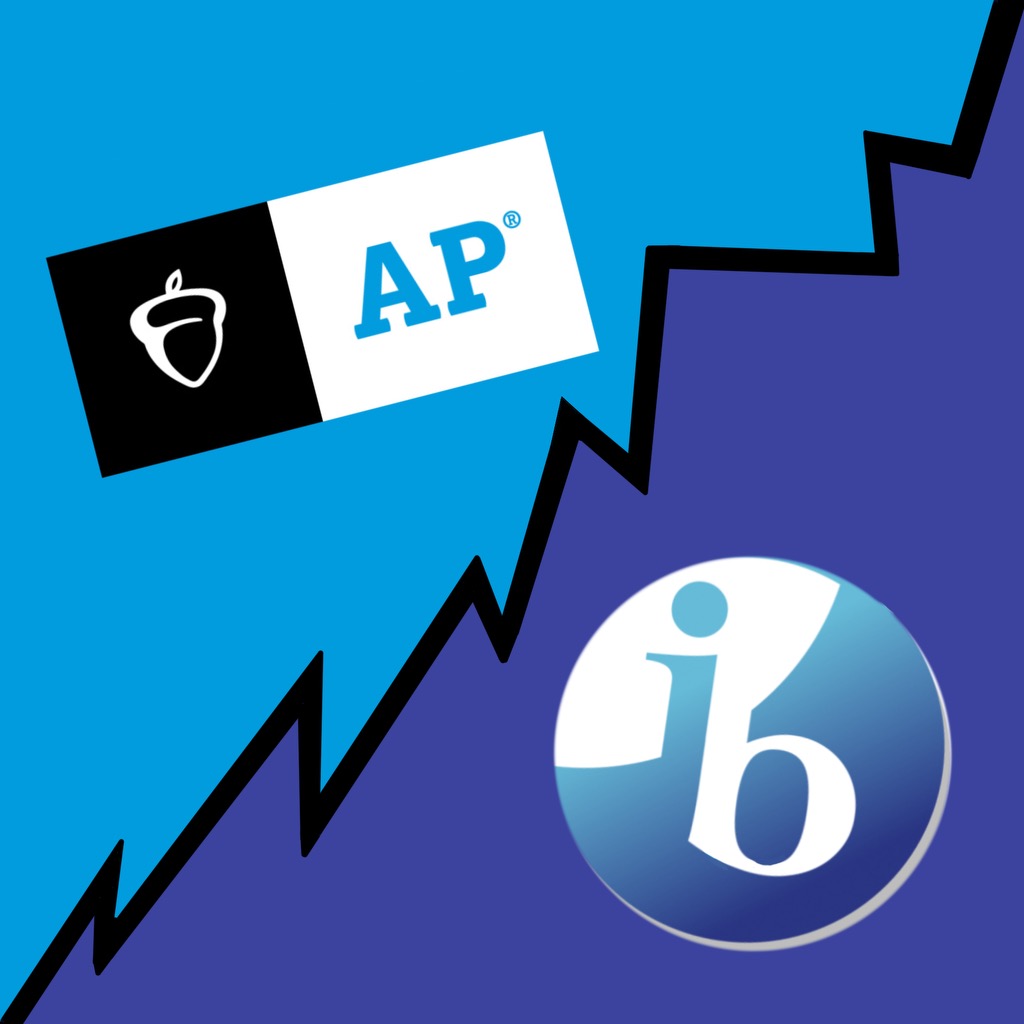
Head to Head: Are the changes to the FAFSA more beneficial for students and families?
While the release of the new Free Application for Federal Student Aid (FAFSA) did not go as smoothly as releases in past years, the significant overhaul of the application is a large improvement for college students.
FAFSA, created in 1992, was designed to replace previous federal financial aid forms, making it the only way for students to apply for financial aid from the federal government.
The new FAFSA for the 2024-2025 school year includes numerous benefits for students and parents going through the application process. The main benefit of the change is improved accessibility, as the form has become easier for all users to correctly fill out.
The new FAFSA has become streamlined. Previously, the form had up to 108 questions, but now it only has 46. The new form also adapts to users’ answers, so they may not even have to fill out all 46 questions.
Further, the FAFSA previously was only available in English and Spanish, but now it is available in the 11 most common languages spoken by Americans. This progressive change will allow for families to better understand the form, increasing its accessibility.
Additionally, in the old FAFSA, users had the option to manually fill out their tax information or use the IRS Data Retrieval Tool. Now, in the new FAFSA, users must use the IRS Direct Data Exchange to represent their tax information. This change contributes to the shortening of the form, as users don’t have to answer specific questions about their taxes because the IRS pulls the information from them. This makes it much easier to complete the form as the IRS does the majority of the work for users.
An additional helpful change is the renaming of the Expected Family Contribution (EFC) to the Student Aid Index (SAI). This change was made to make the financial aid process more predictable and transparent because previously the EFC was misinterpreted as a student’s financial aid offer. The change in the name clarifies that the SAI is only an eligibility index for aid.
Another benefit of the new FAFSA is the increased eligibility for Federal Pell Grants. Pell Grants are especially helpful because students do not have to pay them back. For example, families making less than 175% of the federal poverty level will receive a maximum Pell Grant. Further, minimum Pell Grants will be granted to families making at least less than 275% of the federal poverty level. Incarcerated students in federal and state jails will also now be eligible to receive a Federal Pell Grant. These new parameters for receiving Pell Grants will make it much easier for low-income and incarcerated students to qualify for financial aid, and thus attend college.
While the majority of the changes to the form are beneficial to users, there are still some changes that may decrease the amount of aid a student may receive. For example, the new FAFSA does not take into account how many other students in a family are currently enrolled in college, consequently undermining the total aid they need. This change may decrease the amount of aid given to a student.
Overall, the changes to the FAFSA have made it easier for students and their families to fill out the form and have made financial aid more accessible. These benefits reduce the financial burden that gets in the way of attending college, resulting in more people being able to afford an education.
Throughout December, many high school seniors and college students anxiously awaited the release of the Free Application for Federal Student Aid — an application necessary for determining federal financial aid eligibility. Typically, the application is available on Oct. 1, however, the 2024 – 2025 application round was shakily released three months later, creating mass confusion and problems for both universities and students.
After Congress passed the FAFSA Simplification Act, the processes and systems FAFSA used to determine aid were greatly changed, resulting in delays. Understandably, a brand-new system might have flaws, however, the application process for this round has been unacceptable and some of the new changes must be amended.
The purpose of the FAFSA Simplification Act was to improve the application process and increase fund eligibility for students and parents. One major change is the replacement of the Expected Family Contribution with the Student Aid Index. The new analysis formula will allow a minimum student index to be -$1550, ensuring that an applicant’s financial needs are more accurately determined. The changed criteria for Federal Pell Grants will also increase the eligibility for many students.
While both of these changes are positive, there are also drawbacks — one is the removal of sibling discounts. Unlike the Expected Family Contribution, the new analysis formula will not take into account if other family members are attending college. Families with multiple students enrolled will receive significantly less aid than before the FAFSA Simplification Act, a change that must be reconsidered.
Even more concerning, however, is that the analysis formula used has not been updated for inflation, a mistake that will affect every student who applies for financial aid through FAFSA.
Throughout the pandemic, federal initiatives, supply chain disruptions and strong consumer and business demand caused high levels of inflation. Peaking at roughly 9% in 2022, inflation has declined but is nowhere near the early pandemic levels. According to the Washington Post, the current formula was supposed to use the inflation rate from April of 2023 but instead used the inflation rate from April of 2020.
According to the U.S. Bureau of Labor Statistics, in April 2020 the inflation rate was 0.3%, while in December 2023 the rate was 3.4%, a stark difference. To put that into perspective, $10,000 in April 2020 is the equivalent of $11,964.09 in December 2023.
Because of this error, students will not receive the full amount of aid they deserve. Families will appear to have more money and will qualify for less aid when in reality, this is only because of inflation. Additionally, the price of college tuition and fees is rising. From February 2020 to February 2023 the price of tuition rose by 4.7% and the cost of business and technical school rose by 5.2%.
This mistake could cost students and families thousands of dollars, and fixing it could result in even more delays. Financial aid and the cost of attendance are vital parts of college and students deserve to have time to think about life-altering college decisions. Additionally, college institutions deserve to have time to work on financial aid. Because of the FAFSA delays, neither students nor colleges have had either.
Nothing new is expected to work perfectly, but some of these errors can be detrimental to students and families and unfair to colleges. In the future, inflation levels must be corrected, delays must be reduced, and sibling discounts should be reconsidered.












